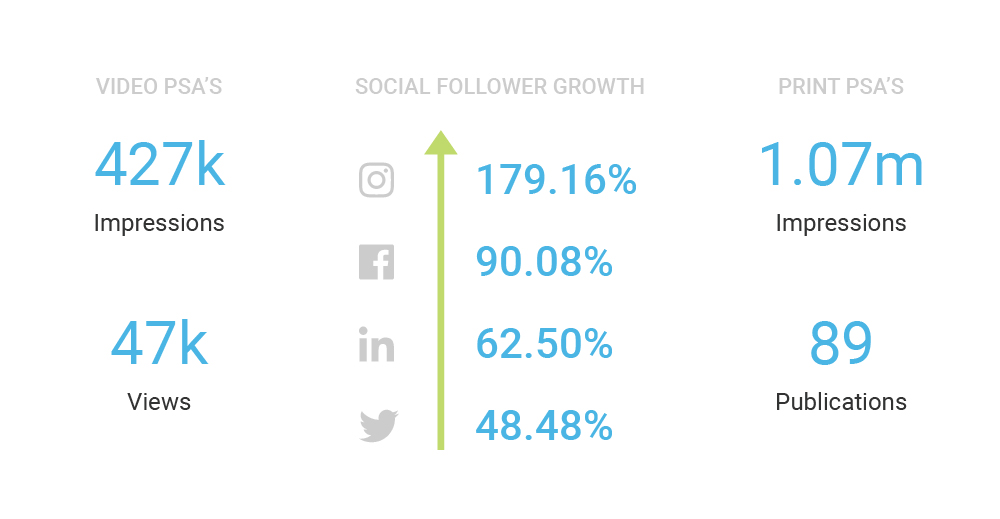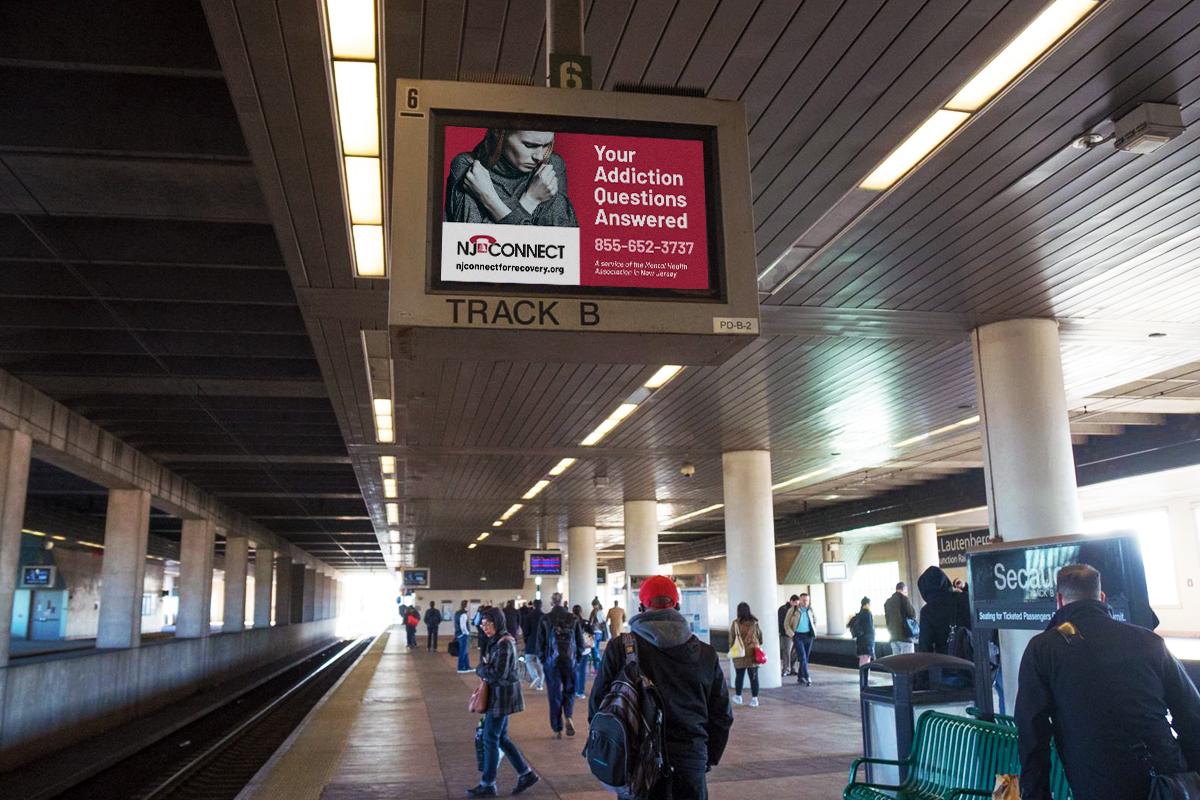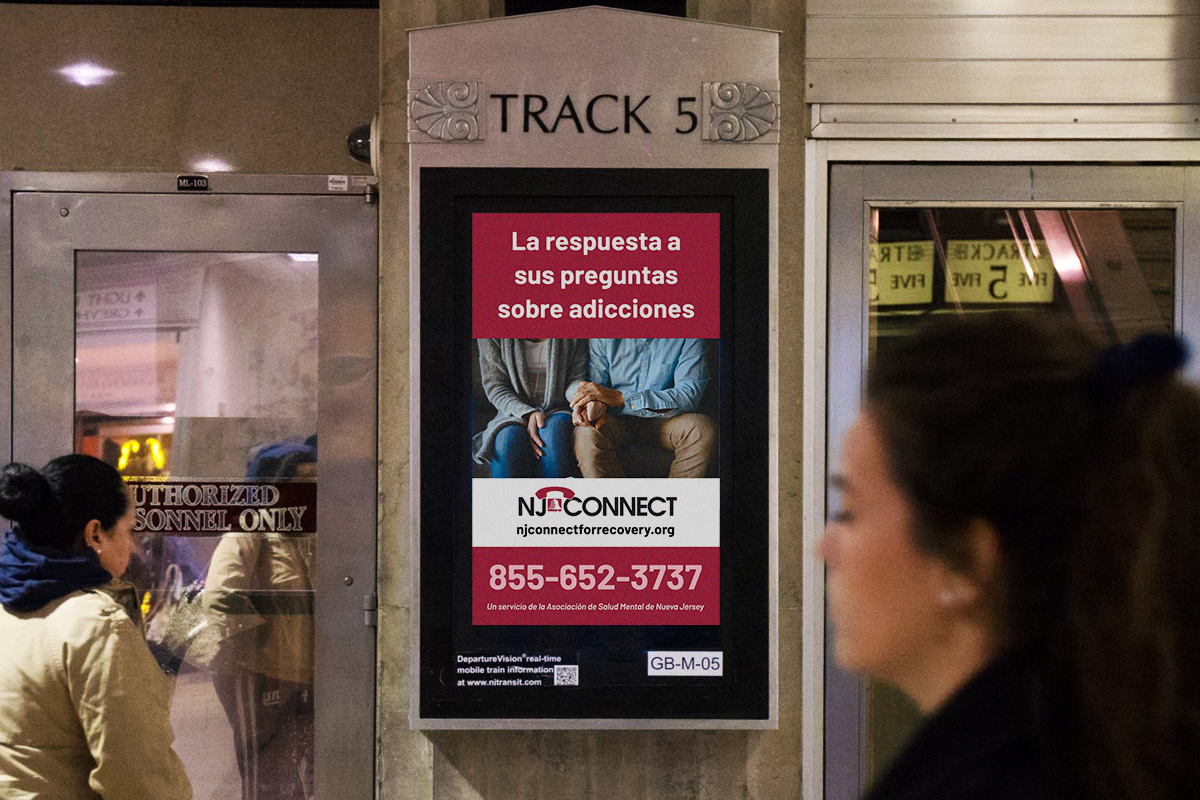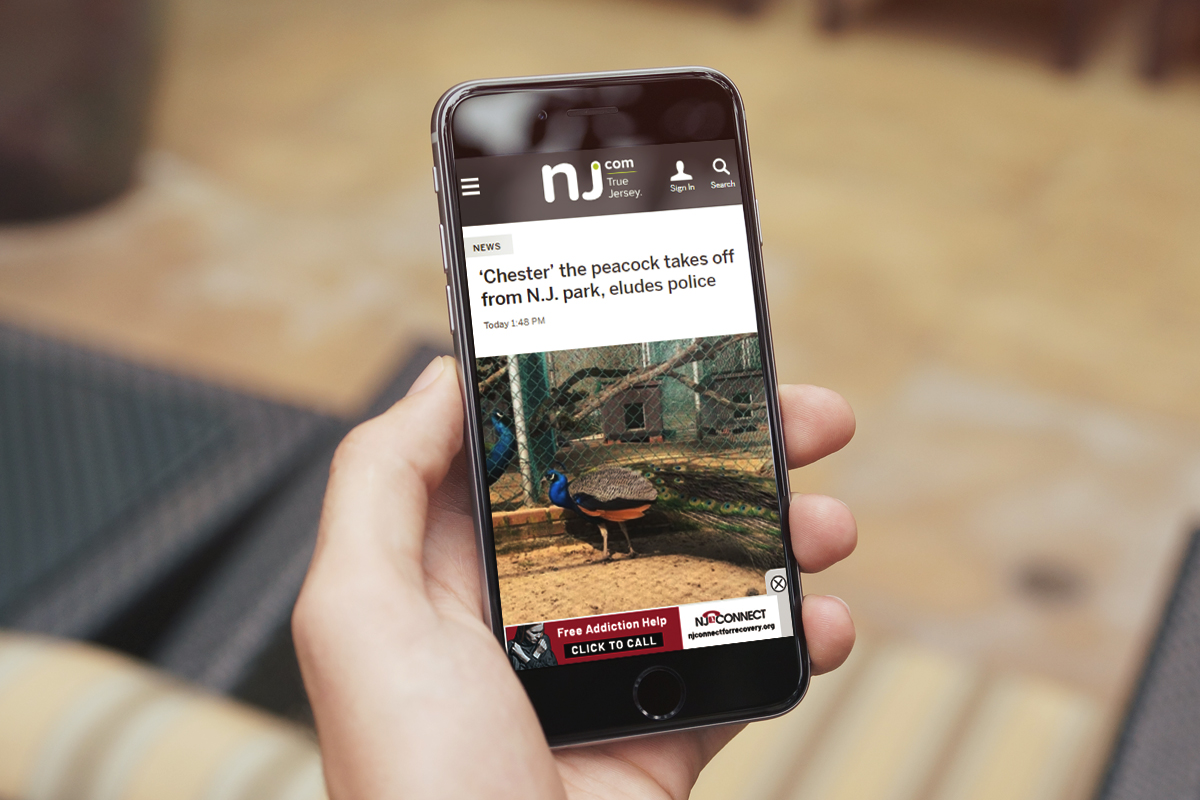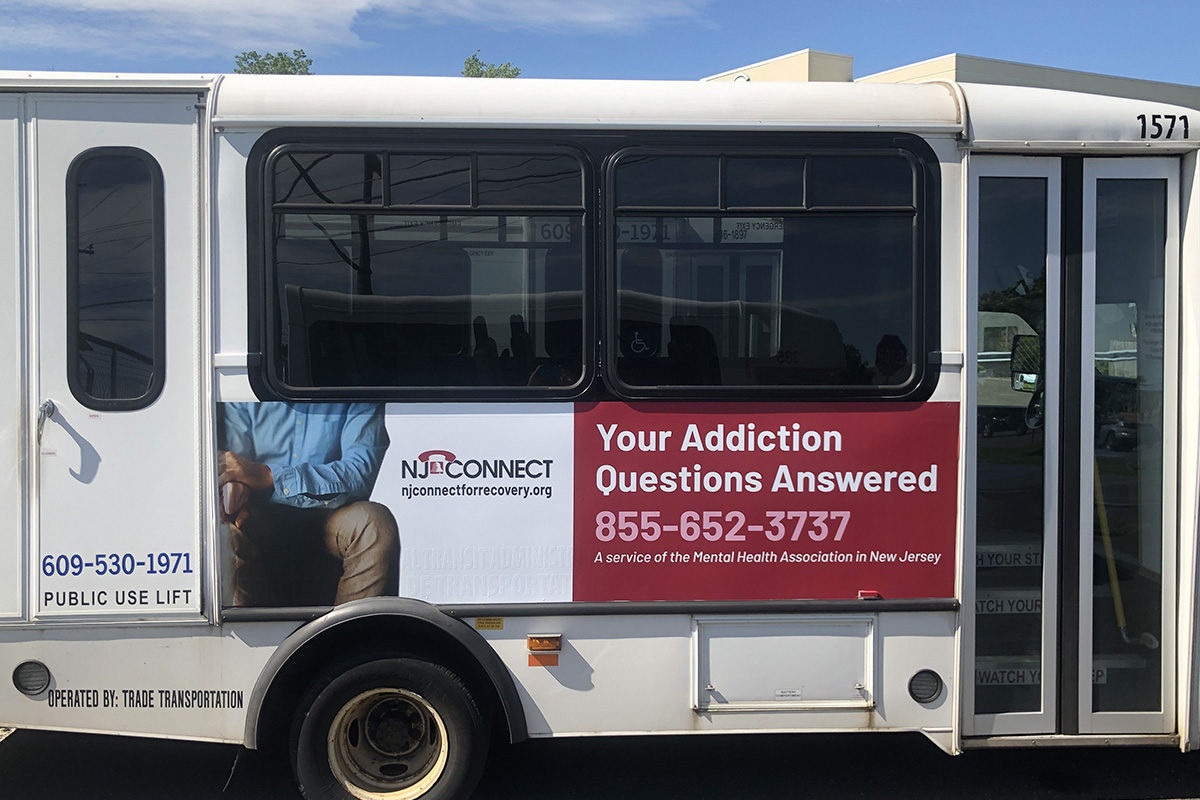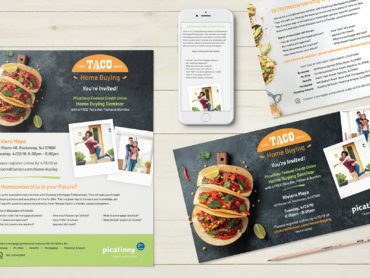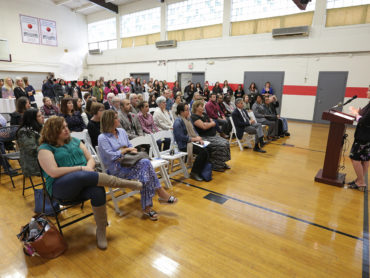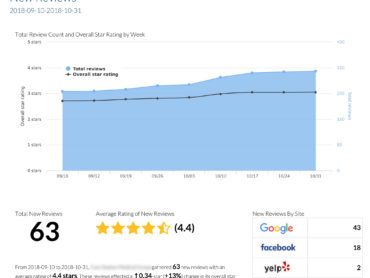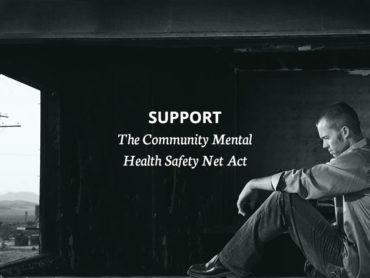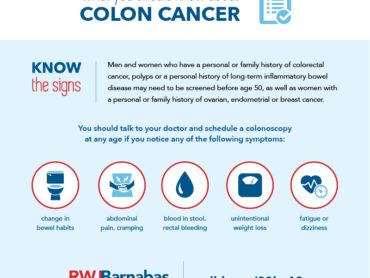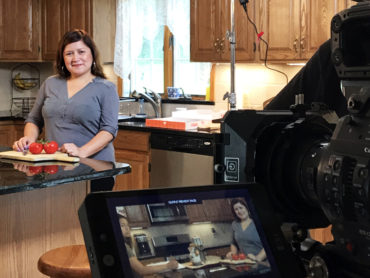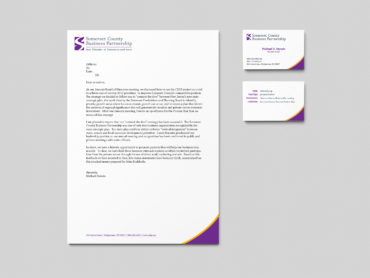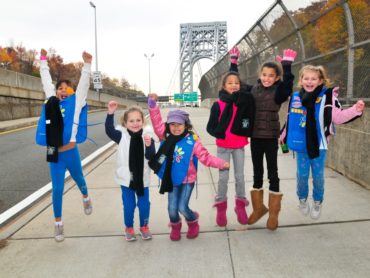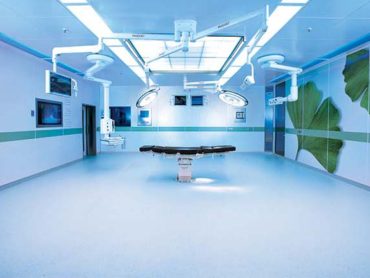OVERVIEW
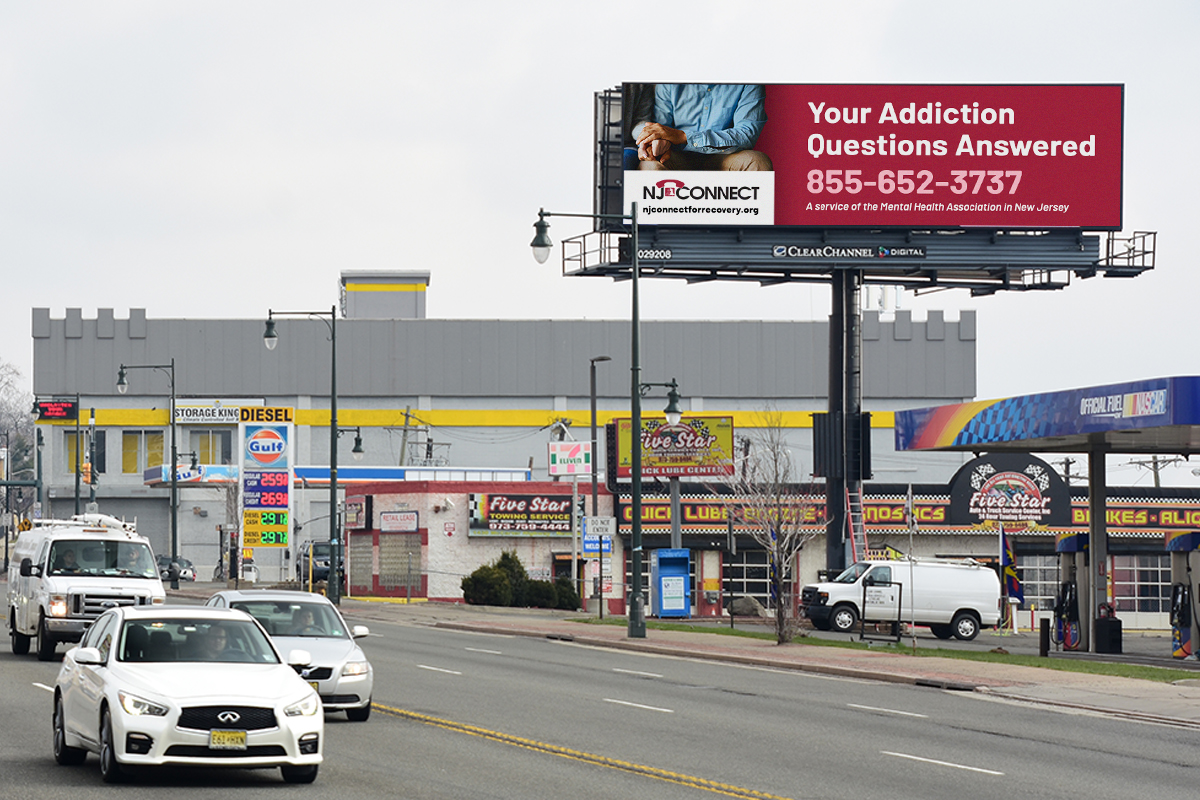
In the wake of the ongoing opioid epidemic, the Division of Mental Health and Addiction Services (DMHAS) awarded grant funding to the Mental Health Association in NJ (MHANJ) to promote its NJ Connect for Recovery call line, a free, confidential call line for individuals and families coping with addiction that offers free resources, guidance and support.
The MHANJ called upon R&J Strategic Communications to implement a comprehensive linked and synergistic program, focused on engaging identified target audiences on a variety of levels and through multiple channels. Through an integrated approach utilizing paid, earned, shared, and owned media, commonly known as the PESO model, R&J worked to position NJCR as a leading resource for addiction services throughout the state.
CHALLENGE
Opioid addiction has been recognized as an epidemic in New Jersey, with overdose death rates climbing above 3,000 in 2018 alone. In the wake of the growing epidemic, NJ Connect for Recovery was established to serve as a resource for individuals and families coping with the substance use disorder of a loved one. Recognizing the extent of this national health emergency coupled with the lack of knowledge regarding available resources and where to turn for help in the face of addiction, the MHANJ tapped R&J Strategic Communications to conduct a six-month statewide integrated public awareness, information and advocacy campaign to achieve broad awareness of and widespread use of NJ Connect for Recovery’s resources and firmly establish NJCR as a leading, front-line resource in addiction services in the state.
ACTION
An aggressive, integrated media relations strategy, paid and organic social media campaigns, digital advertising campaign, out-of-home advertising campaign, and radio PSA, print PSA and broadcast PSA campaigns were executed.
First, R&J held a discovery session, or “deep dive” with NJCR leadership to acquire essential information and insights into NJ Connect for Recovery and the free resources it provides. Next, this information was mined to craft messaging for NJCR, which served as the foundation for all content for the program and spoke directly to key target audiences, which included individuals coping with substance use disorders and their families.
R&J implemented a proactive media relations and thought leadership strategy to coordinate interview opportunities and secure media placements for contributed content in many of New Jersey’s top publications and outlets in all 21 counties. These included but were not limited to USA Today, The Asbury Park Press, The Courier News, The Bergen Record, The Home News Tribune, ROI-NJ, New Jersey 101.5, NJTV and top industry publications such as Behavioral Healthcare Executive.
Social media assets were developed to boost awareness of the campaign, grow followers and increase engagement and awareness, ultimately driving calls to the call line. Through organic and boosted posts and ad campaigns on Facebook, LinkedIn and Instagram, leveraging the video PSAs that were created, the platforms saw increased engagement and growth. A content calendar was developed to outline social media messaging and calls to action including the call line phone number and links to created assets to direct traffic back to the NJCR website.
A variety of assets were created to help build awareness and use of NJCR resources, including video testimonials / PSAs, scripted radio PSAs, billboard and transit advertising. All touchpoints of the paid media campaign were branded to ensure a cohesive look and feel, reinforcing a strong brand position and consistent message while being actionable to the audiences they were targeting. R&J leveraged broadcast contacts to secure remnant space on the Optimum cable network for two PSAs for a 90-day run and remnant space with Comcast on Verizon’s Full NJ footprint zone covering all FIOS households in the state, for two PSAs running on a 90-day rotation.
CONCLUSION
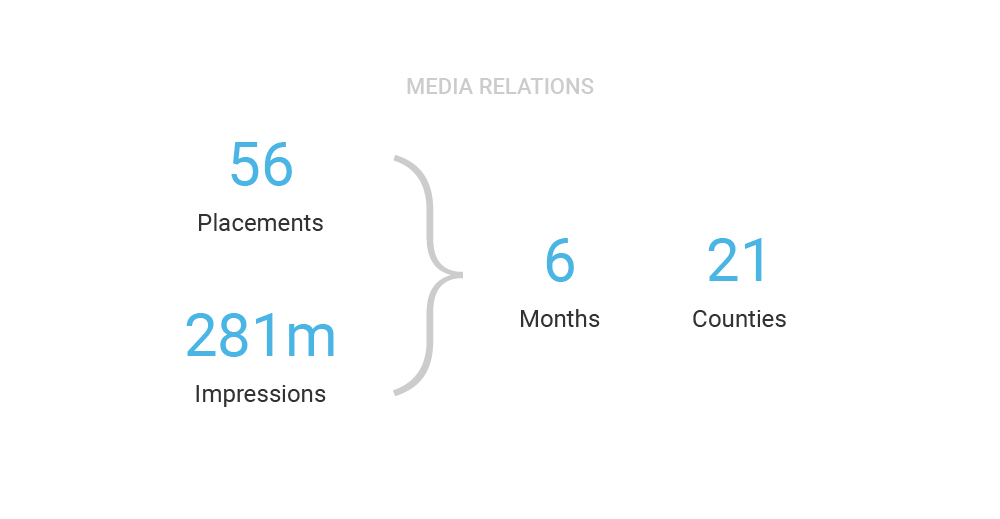
Within six months, the media relations campaign resulted in 56 earned placements and 281,415,143 impressions across 21 NJ counties. 27 digital billboards and five transit advertisement placements ran throughout the state with a total of 24,105,849 impressions. There was significant follower growth on Facebook (+90.08%), LinkedIn (+62.5%), Twitter (+48.48%) and Instagram (+179.16%).
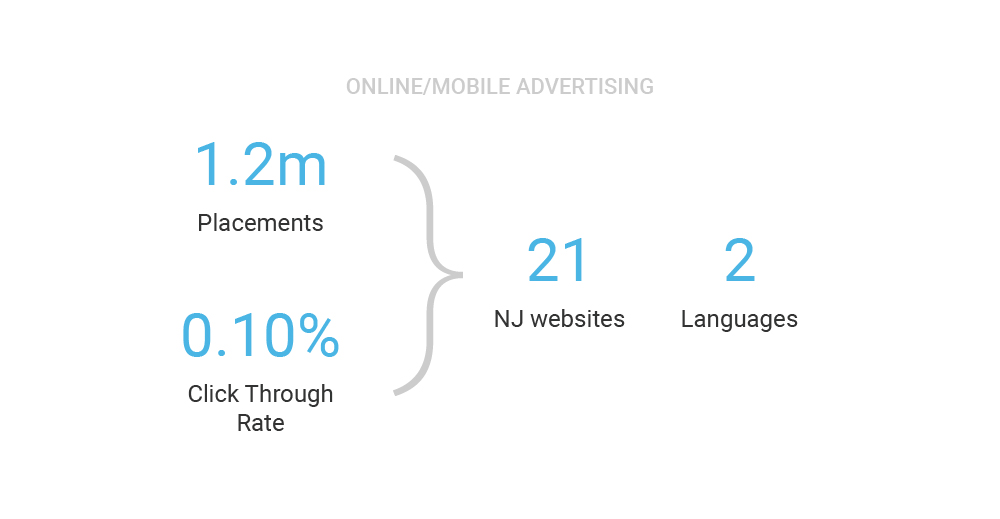
Online and mobile advertising ran on 21 leading New Jersey news sites in English and Spanish and delivered a total of 1,172,896 impressions with an average click-through rate of 0.10%. Video PSAs received 426,632 impressions and 47,162 views across all platforms (paid and organic). Print PSAs ran in 89 English and Spanish publications with a total of 1,068,388 impressions. Most importantly call volume increased spiking to 108 calls per week at the height of the campaign compared to the average of 50 calls per week at the start of the campaign.
The campaign served as a vital driving source for public education and awareness to connect individuals and family members coping with addiction to NJCR for help.
